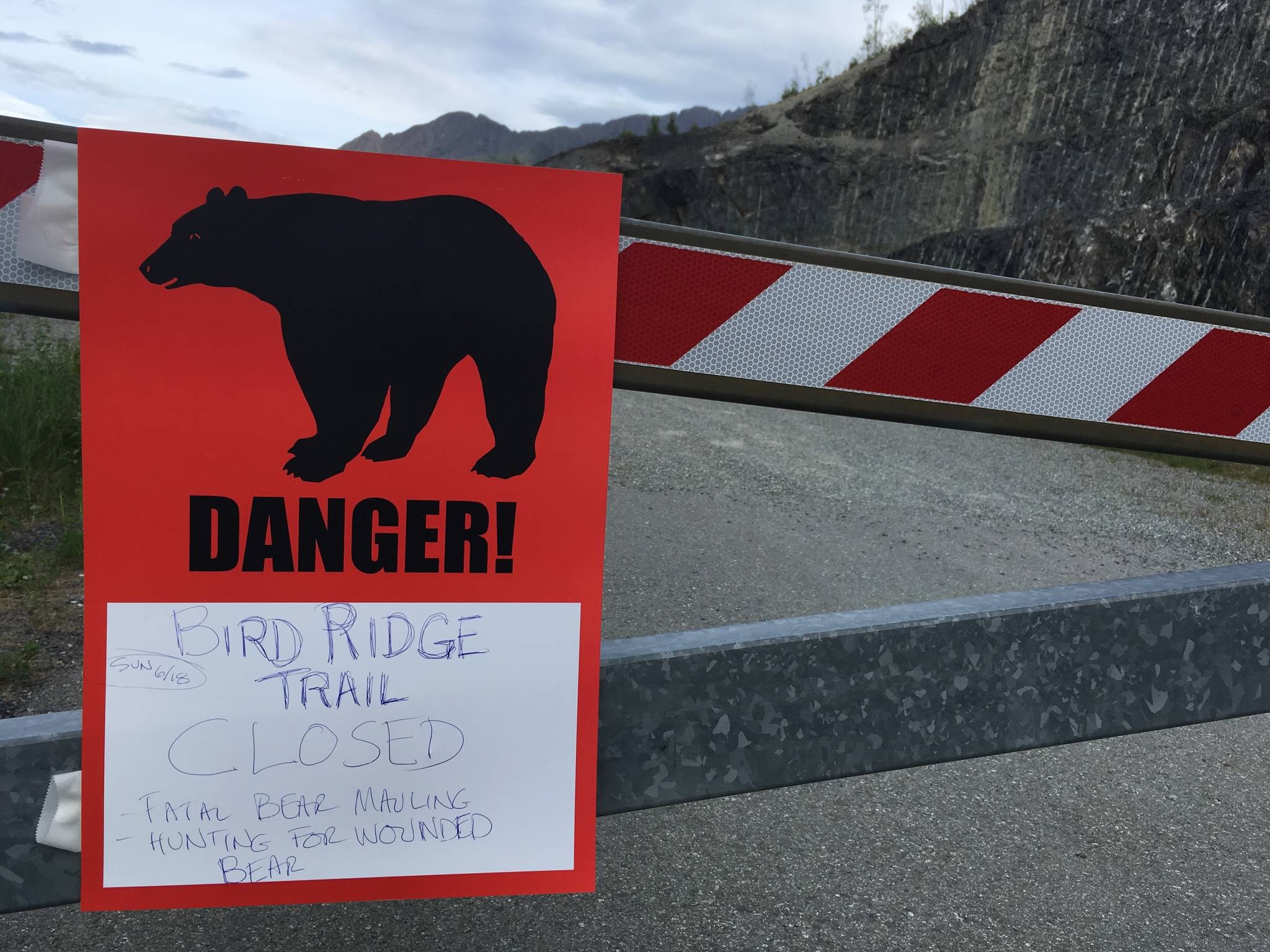ANCHORAGE — Patrick Cooper had already turned around after reaching the halfway point in a popular mountain race in Alaska when he somehow veered off the trail and became lost. That’s when the 16-year-old Anchorage boy encountered the black bear that would take his life in a rare predatory attack.
Cooper began running, and at one point he reportedly placed a frantic call to his brother, saying he was being chased by a bear Sunday in the Robert Spurr Memorial Hill Climb race south of Anchorage. The brother notified race director Brad Precosky, who alerted race crews to begin searching for Cooper, known as Jack.
It took a couple hours for responders to locate the teen, whose body was found about a mile up the path, at about 1,500 vertical feet. The bear was found at the site, guarding the body, Precosky said.
A Chugach State Park ranger shot the 250-pound bear in the face, but the animal ran away.
Alaska State Troopers said the boy’s remains were airlifted from the scene on Sunday.
State park staffers were scouring the area Monday looking for the bear, state Fish and Game spokesman Ken Marsh said. Sunday’s attack was believed to have been a rare predatory move, not a defensive action such as when a female bear will protect her cubs, he said.
“It’s very unusual,” Marsh said of the mauling. “It’s sort of like someone being struck by lightning.”
Later Monday, a second fatal mauling at the hands of a black bear was reported nearly 300 miles northeast of Anchorage. Officials with an underground gold mine reported a contract employee hired to take geological samples was killed and another injured in a black bear attack.
No names have been released. Alaska State Troopers and federal mine officials are investigating the mauling at Pogo Mine.
Matt Wedeking, division operations manager with Alaska State Parks, said the predatory behavior of the bear in the attack on the teen was not normal. Asked if there were cubs around this black bear, he said, “We don’t know. There could have been. But right now I don’t have any information about the bear.”
The last fatal mauling in the state occurred near Delta Junction in Alaska’s interior in 2013, when a man was killed by a male black bear, Marsh said. The last fatal bear attack in the greater Anchorage area was in 1995, when two people were killed in the Turnagain Arm area by a brown bear protecting a moose carcass, he said.
Last week, a juvenile and two young adults sustained minor injuries when a female brown bear with two cubs attacked them. Authorities shot at that bear, but it ran off.
Athletes who run wilderness races in Alaska know bear encounters are always an inherent possibility. Much of the vast state is bear country, after all, and even the competitions themselves can come with warnings, or liability waivers for participants to sign.
But competitors often train alone in such areas and are fully aware of the dangers. Races actually can be said to cut down on the risk of a bear encounter because so many people are there, making noise and making their presence known, Precosky said. “There’s no safer time to be on a mountain than on a race,” he said.
Competitors note that races involve large noisy crowds, which can spook the animals away from the action. Still, there’s no guarantee of 100 percent safety, as a weekend mountain race proved with the fatal mauling of a 16-year-old boy.

